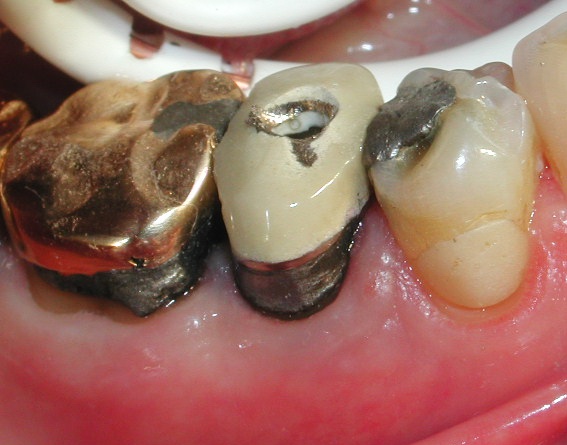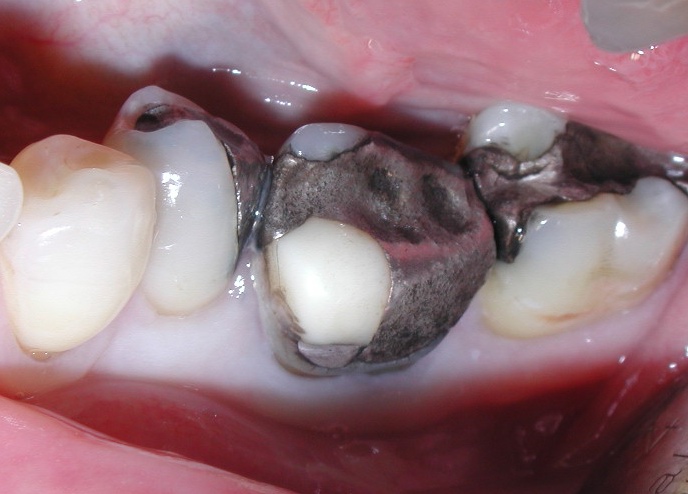Large restorations




Large restorations are always an indication of potentially harmful earlier irritation to the pulp. The typical reasons for restorations are caries and dental trauma. In addition, restorative procedures themselves may cause physical damage (e.g. vibration, increased temperature) or chemical damage to the pulp. The effect of irritation to the pulp during restoration may have been exacerbated by decreased circulation if local anaesthesia with a vasoconstrictor has been employed.
Large restorations often make it difficult to obtain information on the status of the pulp. Electric pulp testers with special narrow tips may be useful. Carbon dioxide ice (cold-test) has also been reported to work in teeth with a prosthetic crown. Rarely it may even be necessary to make a test cavity through the restoration into dentine to test the pulpal reaction to stimulation.